Daniel Libeskind is an American architect of Polish origin. He was born in Łódź, in Poland, on May 12, 1946. His parents had survived Nazi concentration camps. Libeskind studied music in Israel and then moved to the US, where he studied architecture at the Cooper Union for the Advancement of Science and Art in New York. He also studied at Essex University in London. He pursued a career as a professor of architecture and in 1978, became director of the Department of Architecture at Detroit’s Cranbrook School of Art and Design. In 1988, he was part of an exhibition of deconstructionist architects at New York’s Museum of Modern Art, along with Frank O. Gehry, Zaha Hadid and Peter Eisenman.
The deconstructionist school eschewed traditional architecture’s balance and linearity, preferring curved surfaces and irregular forms instead. Libeskind has worked primarily on museums and memorials. He strives to connect his buildings with their environment and use, often giving them a strong symbolic value. The Jewish Museum of Berlin, started in 1989 and opened to the public in 2001, is an excellent example of these principals in practice. It is built in the form of a broken line, representing an open and deformed Star of David. Visiting the museum is a total sensory experience. The bare, irregularly shaped rooms have narrow windows. Light passes through them like a blade, slicing the space.
Other projects dedicated to the memory of the Holocaust followed, including the Felix Nussbaum House in Osnabrück, Germany and the Maurice Wohl Conference Center in Ramat-Gan, Israel. In 1997, Libeskind designed the Imperial War Museum North in Manchester, England. Opened in July 2002, the building evokes a world destroyed by a global conflict. For his efforts to promote peace, Libeskind was the first architect to be awarded the Hiroshima Art Prize in 2001.
Libeskind won a competition for one of the most important projects in recent history: the reconstruction of Ground Zero in New York City in 2003. His proposal was for a complex called Memory Foundations, centered around a rising “Freedom Tower.” However, complications soon emerged. Larry Silverstein, owner of the land, appointed architect David Childs to the job. The original project continues to change and be modified. Today, Libeskind is involved with projects all over the world, such as Milan’s Contemporary Art Museum, the Busan Towers in South Korea, and Hong Kong’s Creative Media Center.
The deconstructionist school eschewed traditional architecture’s balance and linearity, preferring curved surfaces and irregular forms instead. Libeskind has worked primarily on museums and memorials. He strives to connect his buildings with their environment and use, often giving them a strong symbolic value. The Jewish Museum of Berlin, started in 1989 and opened to the public in 2001, is an excellent example of these principals in practice. It is built in the form of a broken line, representing an open and deformed Star of David. Visiting the museum is a total sensory experience. The bare, irregularly shaped rooms have narrow windows. Light passes through them like a blade, slicing the space.
Other projects dedicated to the memory of the Holocaust followed, including the Felix Nussbaum House in Osnabrück, Germany and the Maurice Wohl Conference Center in Ramat-Gan, Israel. In 1997, Libeskind designed the Imperial War Museum North in Manchester, England. Opened in July 2002, the building evokes a world destroyed by a global conflict. For his efforts to promote peace, Libeskind was the first architect to be awarded the Hiroshima Art Prize in 2001.
Libeskind won a competition for one of the most important projects in recent history: the reconstruction of Ground Zero in New York City in 2003. His proposal was for a complex called Memory Foundations, centered around a rising “Freedom Tower.” However, complications soon emerged. Larry Silverstein, owner of the land, appointed architect David Childs to the job. The original project continues to change and be modified. Today, Libeskind is involved with projects all over the world, such as Milan’s Contemporary Art Museum, the Busan Towers in South Korea, and Hong Kong’s Creative Media Center.
RELATED


GEORGES MÉLIÉS
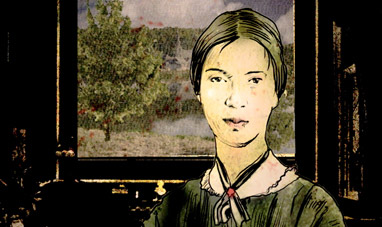

EMILY DICKINSON
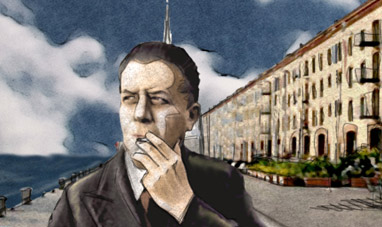

EUGENIO MONTALE


JOAN CRAWFORD
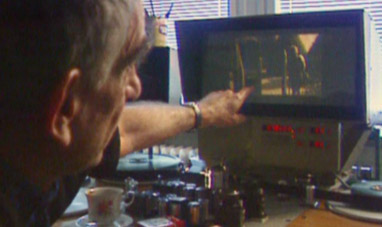

KRZYSZTOF KIELOWSKI
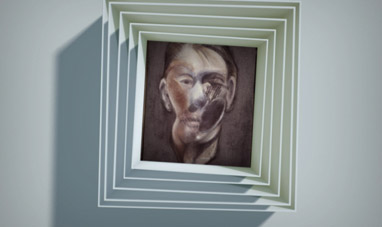

FRANCIS BACON
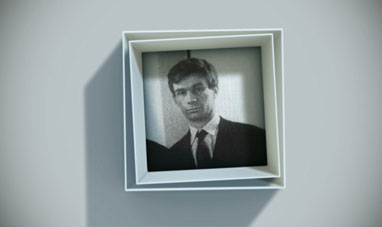

ENRICO CASTELLANI


CARA DELEVINGNE


GIULIO PAOLINI
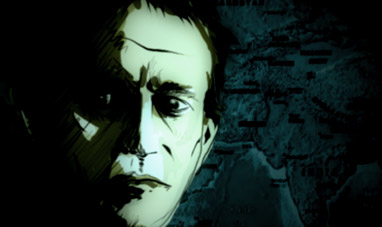

BRUCE CHATWIN


SERGEI RACHMANINOFF
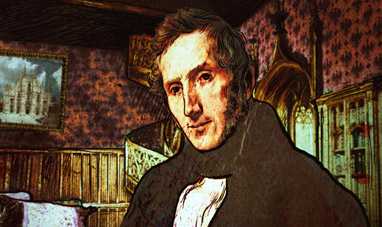

ALESSANDRO MANZONI
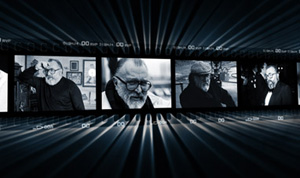

SERGIO LEONE
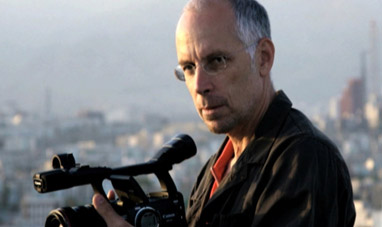

GABRIELE SALVATORES
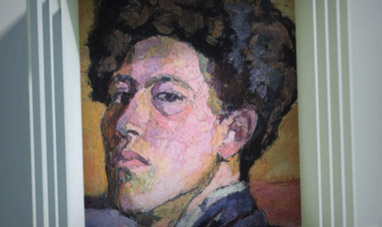

ALBERTO GIACOMETTI


GUSTAVE COURBET
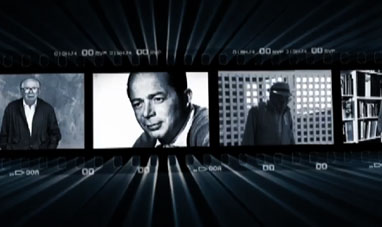

BILLY WILDER
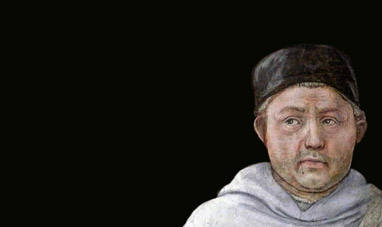

FILIPPO LIPPI
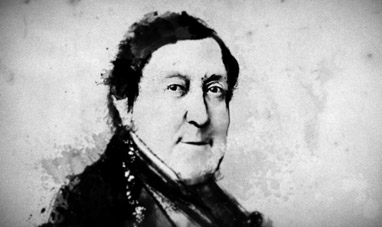

GIOACCHINO ROSSINI
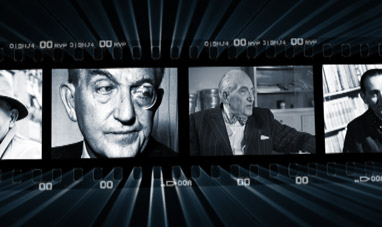

FRITZ LANG


MYRON
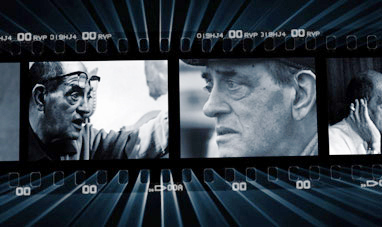

LUIS BUÑUEL
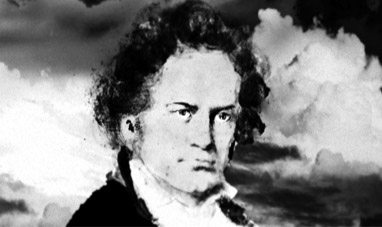

LUDWIG VAN BEETHOVEN


JEAN AUGUSTE DOMINIQUE INGRES


EURIPIDES
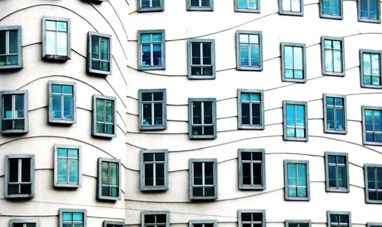

FRANK GEHRY
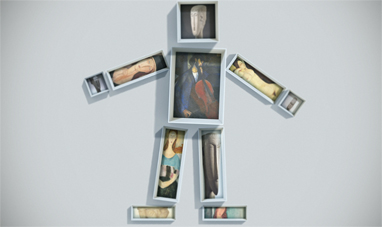

AMEDEO MODIGLIANI


THÉODORE GÉRICAULT
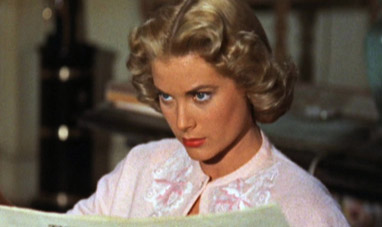

GRACE KELLY
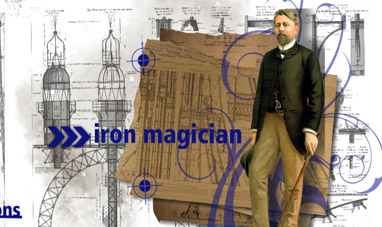

GUSTAVE EIFFEL
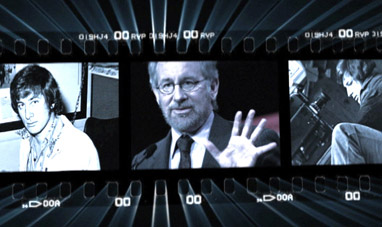

STEVEN SPIELBERG
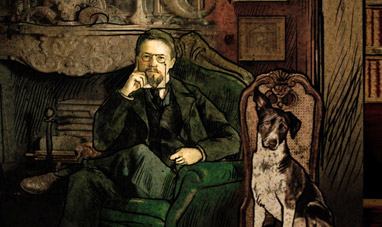

ANTON CHEKHOV


KATE MOSS
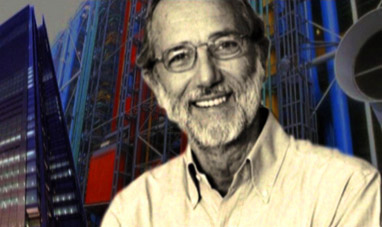

RENZO PIANO
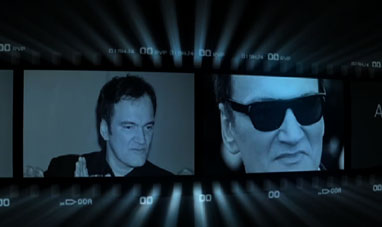

QUENTIN TARANTINO
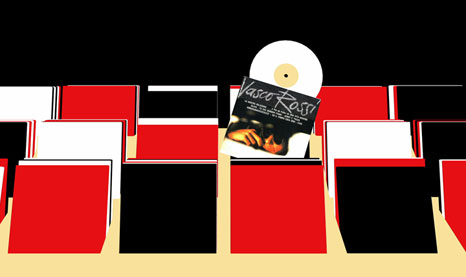

VASCO ROSSI
